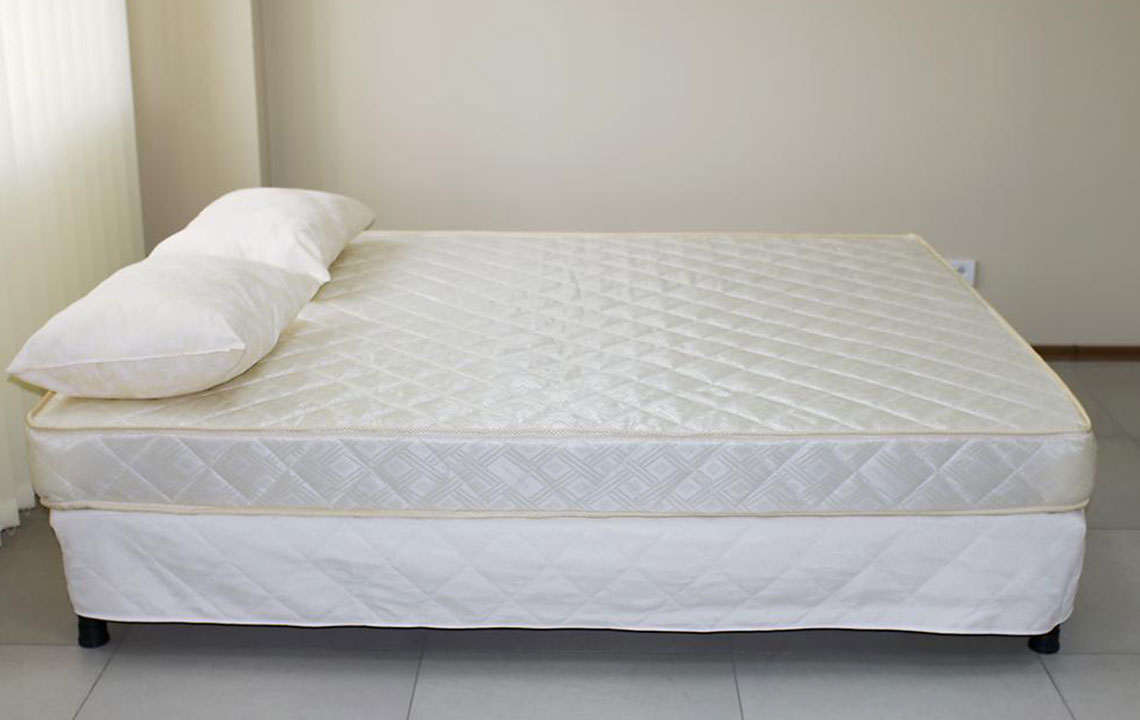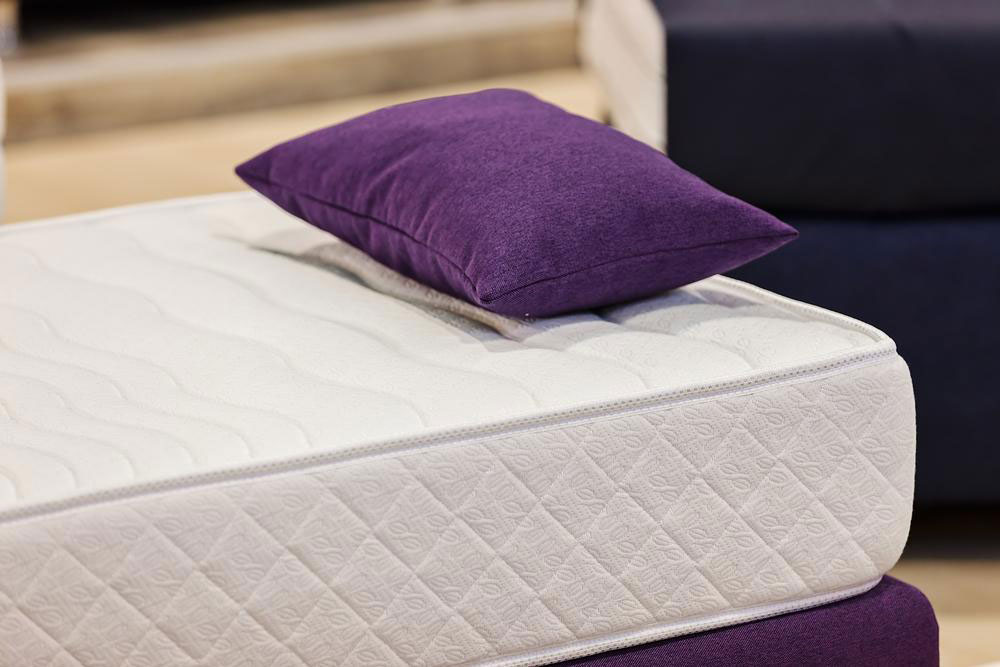Choosing the Perfect Mattress for Relieving Back Discomfort
Learn how to select the ideal mattress to reduce back pain and promote healthy sleep. This guide highlights support, comfort, and proper spinal alignment, helping you make informed decisions. Discover tips on mattress features, support levels, and when to replace your mattress for lasting relief. Consult a specialist if persistent back pain occurs, ensuring you find the best mattress tailored to your needs for improved sleep quality and back health.

Choosing the Perfect Mattress for Relieving Back Discomfort
Selecting the right mattress is crucial for alleviating back and spinal pain. An unsuitable mattress can exacerbate discomfort, offering inadequate support and leading to poor sleeping positions. Such habits may strain muscles or cause spinal misalignment—a primary cause of lower back pain. The spine’s natural curves include the cervical, thoracic, and lumbar regions; maintaining alignment of these curves is essential. Neglecting proper support can result in serious back issues and chronic pain.
Sleep quality also depends on the mattress’s comfort level. An ideal mattress offers sufficient support and cushioning, allowing the spine to rest naturally and reducing pain. With numerous options available, choosing the right mattress can be daunting. Here are key tips to help you find the best mattress for back pain relief:
There is no universal mattress suited for everyone with back pain. Preferences and needs vary among individuals.
Each person responds differently to various mattresses. Those suffering from back pain should prioritize support and comfort. If a particular mattress facilitates restful sleep, it may be considered the best for that individual.
When shopping for a mattress, examine its physical features. Different models have varying coil counts and arrangements that influence durability and support. The thickness of padding matters, with quality mattresses typically measuring around seven to eight inches deep. Verify the mattress’s padding type, coil setup, and overall depth to make an informed choice.
An excellent mattress should promote correct spinal alignment through adequate support. Proper back support minimizes muscle soreness and discomfort. Research indicates that medium-firm mattresses are particularly effective for back pain compared to very firm options.
Replace your mattress when it becomes too old or sagging. Excessive wear can compromise comfort and support. Sometimes, placing boards under a sagging mattress can prolong its life temporarily, but knowing when to upgrade is vital for ongoing relief.
A balanced combination of comfort and support is essential. Sleeping on too firm a mattress can cause joint pressure and back pain, while too soft a mattress may lack support. A medium-firm mattress, with hips and shoulders slightly sinking in, tends to promote healthy sleep posture. Additional padding can enhance comfort without sacrificing support.
Ultimately, an ideal mattress should neither be too soft nor too hard, providing both comfort and support to ease back pain. If you experience persistent discomfort, consult a back specialist for tailored recommendations to improve your sleep and relieve pain.










